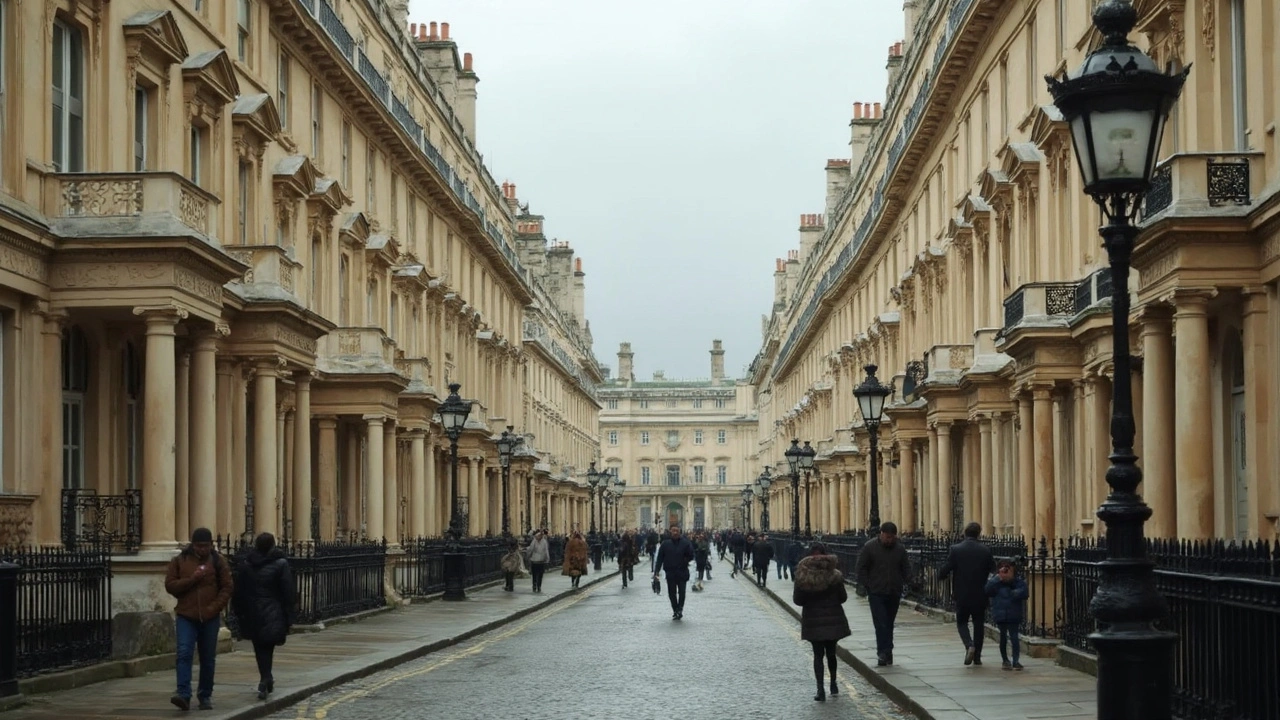Period Homes: Identify Styles, Buy Smart, Renovate Right
Love original mouldings, tall windows and thick walls? Period homes pack character you rarely find in new builds. That charm matters when you buy, fix up, or just want to keep a house feeling authentic. This guide gives clear, practical steps to spot common period styles, avoid surprise costs when buying, and update a home without killing its soul.
Common period styles and what to look for
Victorian: Look for ornate trim, bay windows, steep roofs and patterned brick or woodwork. These houses often have clever hidden details but may need work on wiring and damp control.
Georgian: Symmetry rules—central doors, evenly spaced windows, and classic proportions. Expect solid construction, but watch for outdated heating and sash window repairs.
Edwardian and Arts & Crafts (Craftsman): Simpler lines than Victorian, with built-in cabinetry, exposed beams, and sturdy joinery. These homes age well if timber is sound.
Tudor and Cottage: Timber framing, steep gables, and leaded glass. Charming, but timber and roof checks are a must.
Colonial and Neoclassical: Columns, formal facades and strict balance. They can be easier to adapt for modern use without losing style.
Buying a period home — smart checks to save money
Start with a thorough survey. A basic inspection misses many period-home problems. Ask for a specialist survey that checks roof timbers, stone or brick condition, rising damp, joinery and insulation gaps.
Check the services: wiring, plumbing and heating in old homes often need updating. Factor in the cost to bring systems up to modern safety and efficiency standards.
Look for past repairs and materials used. Poor repairs—like cement render on lime-built walls—create long-term damage. Original materials like lime mortar and wooden sash windows usually perform best when repaired, not replaced.
Ask about planning and listing. If the home is listed or in a conservation area, changes can be restricted. Know what you can and cannot alter before you buy.
Renovating and preserving character without wasting cash
Prioritize structure and services first: fix leaks, roof, drainage and electrics before cosmetic work. That saves you redoing finishes later.
Repair rather than replace when possible. Re-point brick with matching mortar, restore sash windows and keep original doors and staircases. These cost less over time and keep value.
Improve comfort discreetly. Add insulation to lofts, insulate behind panelling where you can, and consider secondary glazing for original windows. Modern boilers and efficient heating zones make old houses comfortable without dramatic visual change.
Work with craftspeople who know traditional methods. They’ll suggest fixes that respect the building and last longer than quick modern hacks.
Finally, budget a contingency of at least 15–20% for unseen issues. Period homes often reveal surprises once work begins. Plan for them and you’ll keep the charm without regret.
Want help spotting a particular style or vetting a surveyor? Ask specific questions and get focused advice before the offer goes in.

Georgian Architecture: Beyond Bricks and Mortar
Georgian architecture isn’t just about grand buildings and perfect symmetry. It’s a style that shaped city streets and family homes, changing how people lived and built for over a century. This article digs into what makes Georgian buildings stand out, how you can recognize one, and why their influence still shows up everywhere—from town halls to new apartments. Expect practical tips if you’re hunting for a Georgian property or thinking of renovating one, plus some little-known facts guaranteed to surprise even the biggest history fan.
Read more